QNAP TS-AI642 and TBS-574X With 6 TOPS NPU For AI-Accelerated Image Recognition Announced On CES 2023
QNAP has unveiled two new products at CES 2023: the TS-AI642 and the TBS-574X. The TS-AI642 is a 6-bay high-capacity storage device designed for AI image recognition and intelligent surveillance applications, equipped with a Rockchip RK3588 processor and an NPU with a speed of up to 6 TOPS. The TBS-574X is a All-Flash NAS that is suitable for intensive video processing workloads, equipped with a 12th generation Intel Core i3-1220P processor and 16GB of memory. It is the first QNAP NAS to support E1.S hot-plug NVMe drives, which can expand its capacity up to 30TB. Both the TS-AI642 and TBS-574X have 2.5GbE/10GbE interfaces and 4K HDMI output, and the availability of these products will be announced separately.
QNAP TS-AI642 6-Bay AI Powered NAS Drive
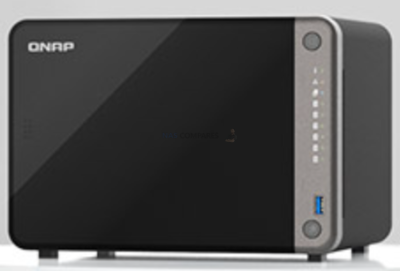
QNAP has recently released the TS-AI642 NAS, designed specifically for AI image recognition and intelligent surveillance applications. It is equipped with a Rockchip RK3588 processor, which has a total of eight cores – four Cortex-A76 cores running at 2.2 GHz and four Cortex-A55 cores running at 1.8 GHz. The TS-AI642 also includes an NPU (neuroprocessor unit) with a speed of up to 6 TOPS, making it one of the most powerful ARM-based NAS devices in QNAP’s product portfolio. The TS-AI642 is a 6-bay high-capacity storage device with a standard 2.5GbE interface and a PCIe Gen 3 slot for 10GbE expansion. This allows for fast data transfer speeds and the ability to add additional connectivity options as needed. It also has a 4K HDMI interface for displaying surveillance footage, making it an ideal device for video surveillance deployment.
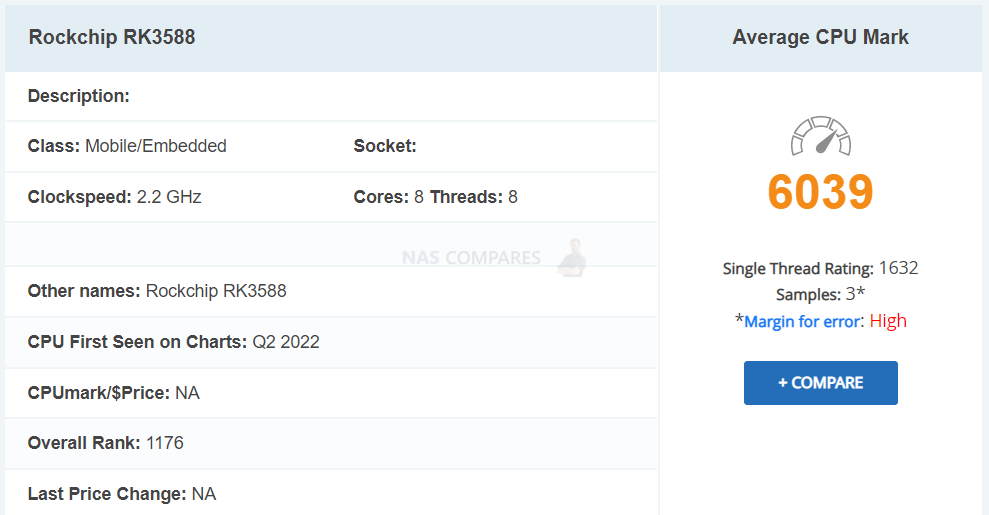
In terms of AI applications, the TS-AI642 is well-suited for tasks such as facial recognition and AI-powered surveillance event search. It is also compatible with QNAP’s “QuMagie” AI photo albums. In addition to these AI capabilities, the TS-AI642 also has a number of other features that make it a versatile storage solution. These include cloud storage integration, comprehensive backup options, and the ability to run containerized applications. The TS-AI642 is based on the Rockchip RK3588 processor, which is fabricated using Samsung’s 8LPP process. This ensures high performance and power efficiency, making it an affordable option for businesses looking to incorporate AI technology into their surveillance and image recognition systems. The availability of the TS-AI642 will be announced at a later date.
QNAP TBS-574X 5-Bay M.2 NVMe NAS

The TBS-574X is a new NAS device from QNAP that is designed for a wide range of applications, including real-time 4K video production and business IT. It is equipped with a 12th generation Intel Core i3-1220P processor, which has 10 cores and 12 threads, with a frequency of up to 4.40 GHz. The processor is made up of 2 P cores and 8 E cores, making it suitable for handling intensive workloads. In terms of storage, the TBS-574X is capable of expanding to a capacity of 30 TB with the help of E1.S SSDs. It has five drive bays, each of which can hold a 7.68 TB E1.S SSD, giving a total capacity of over 30 TB when configured in a RAID 5 setup. The TBS-574X is also equipped with 2.5GbE/10GbE connectivity, two USB4 ports, a 4K HDMI output interface, and built-in GPU support for video transcoding.
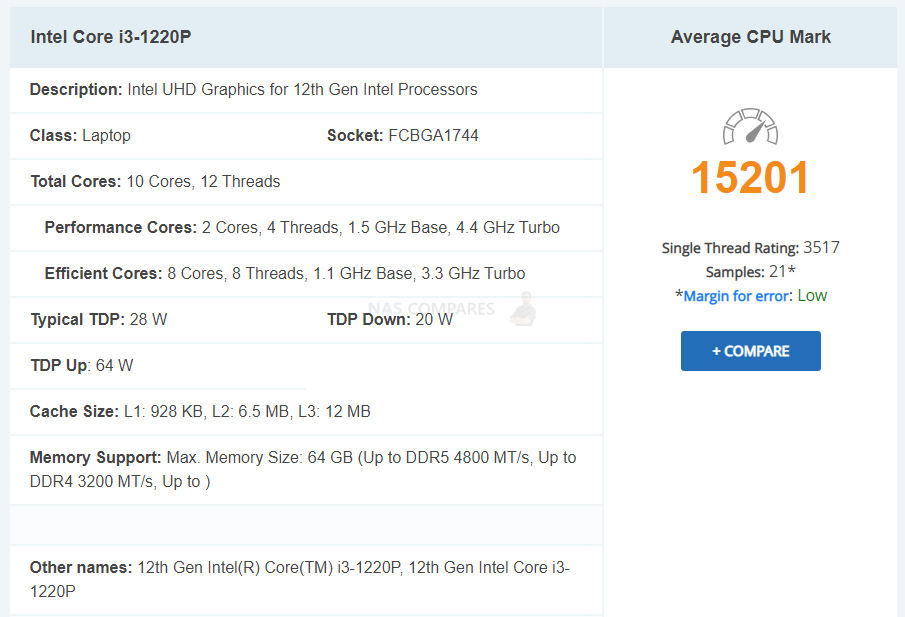
One of the unique features of the TBS-574X is that it is the first QNAP All-Flash NAS to support E1.S hot-plug NVMe drives. These drives are designed to be replaced easily, making it easy to upgrade the storage capacity of the TBS-574X as needed. Each of the drive bays also comes with an E1.S to M.2 2280 adapter, giving users the flexibility to choose which type of SSD they use. The TBS-574X is well-suited for intensive video processing workloads, thanks to its powerful processor and high-capacity storage. It is also a good choice for teams with multiple workstations and performance-demanding tasks, as it has built-in GPU support for video transcoding and 2.5GbE/10GbE connectivity for fast data transfer speeds. Overall, the TBS-574X is a feature-rich NAS device that offers excellent performance and flexibility for a wide range of applications.
What Are E1.S SSDs?
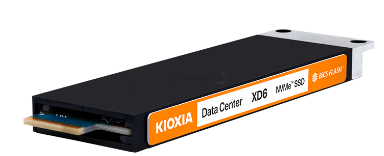
E1.S SSDs are a type of NVMe PCIe solid state drive (SSD) that are designed for use in NAS devices. They are known for their high performance, with high IOPS (input/output operations per second) and low latency, making them well-suited for applications that require fast data access and processing. E1.S SSDs are also designed to be hot-swappable, meaning that they can be easily replaced without the need to power down the NAS device. This makes them a convenient option for users who want to upgrade their storage capacity or replace failed drives without interrupting their work. Additionally, E1.S SSDs are known for their good heat dissipation, making them a good choice for use in devices that may be subjected to high workloads.
More information on new QNAP NAS Releases Coming Soon!
📧 SUBSCRIBE TO OUR NEWSLETTER 🔔🔒 Join Inner Circle
Get an alert every time something gets added to this specific article!
This description contains links to Amazon. These links will take you to some of the products mentioned in today's content. As an Amazon Associate, I earn from qualifying purchases. Visit the NASCompares Deal Finder to find the best place to buy this device in your region, based on Service, Support and Reputation - Just Search for your NAS Drive in the Box Below
Need Advice on Data Storage from an Expert?
Finally, for free advice about your setup, just leave a message in the comments below here at NASCompares.com and we will get back to you. Need Help?
Where possible (and where appropriate) please provide as much information about your requirements, as then I can arrange the best answer and solution to your needs. Do not worry about your e-mail address being required, it will NOT be used in a mailing list and will NOT be used in any way other than to respond to your enquiry.
Need Help?
Where possible (and where appropriate) please provide as much information about your requirements, as then I can arrange the best answer and solution to your needs. Do not worry about your e-mail address being required, it will NOT be used in a mailing list and will NOT be used in any way other than to respond to your enquiry.

|
 |
The BEST NAS of 2026.... ALREADY??? (UnifyDrive UP6)
How Much RAM Do You Need in Your NAS?
A Buyer's Guide to Travel Routers - GET IT RIGHT, FIRST TIME
Jonsbo N6 DIY NAS Case Review
The Best Bits (and Worst Bits) of NAS of 2025!
Minisforum MS-02 Ultra Review
Access content via Patreon or KO-FI
Discover more from NAS Compares
Subscribe to get the latest posts sent to your email.


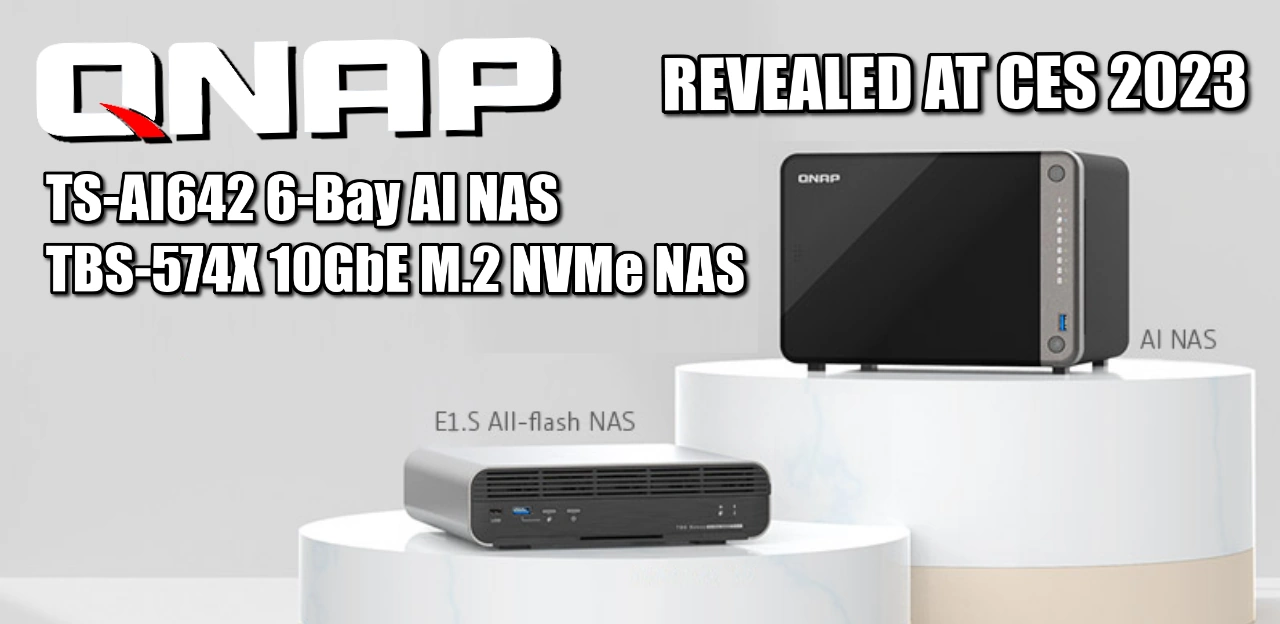



DISCUSS with others your opinion about this subject.
ASK questions to NAS community
SHARE more details what you have found on this subject
IMPROVE this niche ecosystem, let us know what to change/fix on this site